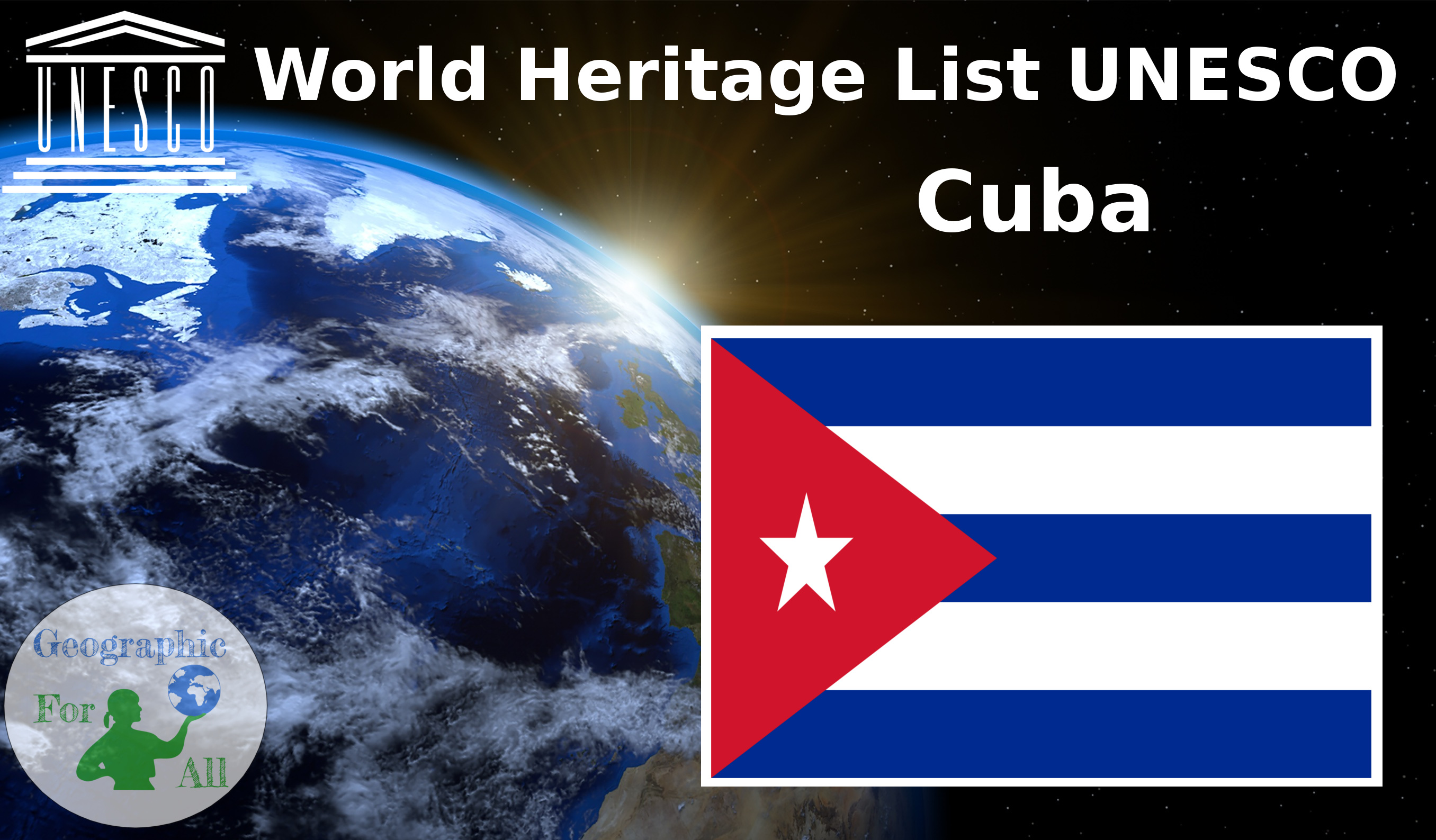Error executing „TranslateText” on „https://translate.eu-central-1.amazonaws.com”; AWS HTTP error: Client error: `POST https://translate.eu-central-1.amazonaws.com` resulted in a `429 Too Many Requests` response:
{„__type”:”ThrottlingException”,”message”:”Rate exceeded”}
ThrottlingException (client): Rate exceeded – {„__type”:”ThrottlingException”,”message”:”Rate exceeded”}
204 Old Havana and its Fortification System – 1982
Havana was founded in 1519 by the Spanish. By the 17th century, it had become one of the Caribbean’s main centres for ship-building. Although it is today a sprawling metropolis of 2 million inhabitants, its old centre retains an interesting mix of Baroque and neoclassical monuments, and a homogeneous ensemble of private houses with arcades, balconies, wrought-iron gates and internal courtyards.
460 Trinidad and the Valley de los Ingenios – 1988
Founded in the early 16th century in honour of the Holy Trinity, the city was a bridgehead for the conquest of the American continent. Its 18th- and 19th-century buildings, such as the Palacio Brunet and the Palacio Cantero, were built in its days of prosperity from the sugar trade.
841 San Pedro de la Roca Castle, Santiago de Cuba – 1997
Commercial and political rivalries in the Caribbean region in the 17th century resulted in the construction of this massive series of fortifications on a rocky promontory, built to protect the important port of Santiago. This intricate complex of forts, magazines, bastions and batteries is the most complete, best-preserved example of Spanish-American military architecture, based on Italian and Renaissance design principles.
889 Desembarco del Granma National Park – 1999
, with its uplifted marine terraces and associated ongoing development of karst topography and features, represents a globally significant example of geomorphologic and physiographic features and ongoing geological processes.
Nie ma takiej reklamy 🙁 The area, which is situated in and around Cabo Cruz in south-east Cuba, includes spectacular terraces and cliffs, as well as some of the most pristine and impressive coastal cliffs bordering the western Atlantic.
840 Viñales Valley – 1999
The Viñales valley is encircled by mountains and its landscape is interspersed with dramatic rocky outcrops. Traditional techniques are still in use for agricultural production, particularly of tobacco. The quality of this cultural landscape is enhanced by the vernacular architecture of its farms and villages, where a rich multi-ethnic society survives, illustrating the cultural development of the islands of the Caribbean, and of Cuba.
1008 Archaeological Landscape of the First Coffee Plantations in the South-East of Cuba – 2000
The remains of the 19th-century coffee plantations in the foothills of the Sierra Maestra are unique evidence of a pioneer form of agriculture in a difficult terrain. They throw considerable light on the economic, social, and technological history of the Caribbean and Latin American region.
839 Alejandro de Humboldt National Park – 2001
Complex geology and varied topography have given rise to a diversity of ecosystems and species unmatched in the insular Caribbean and created one of the most biologically diverse tropical island sites on earth. Many of the underlying rocks are toxic to plants so species have had to adapt to survive in these hostile conditions. This unique process of evolution has resulted in the development of many new species and the park is one of the most important sites in the Western Hemisphere for the conservation of endemic flora. Endemism of vertebrates and invertebrates is also very high.
1202 Urban Historic Centre of Cienfuegos – 2005
The colonial town of Cienfuegos was founded in 1819 in the Spanish territory but was initially settled by immigrants of French origin.
Nie ma takiej reklamy 🙁 It became a trading place for sugar cane, tobacco and coffee. Situated on the Caribbean coast of southern-central Cuba at the heart of the country’s sugar cane, mango, tobacco and coffee production area, the town first developed in the neoclassical style. It later became more eclectic but retained a harmonious overall townscape. Among buildings of szczególnezainteresowanie są Pałac Rządowy (Ratusz), San Lorenzo Szkoła, Biskupstwa, Pałac Ferrer, dawne liceum, a niektóre domy mieszkalne. Cienfuegos jest pierwszym i wybitnym przykładem zespołu architektonicznego reprezentującego nowe idee nowoczesności, higieny i porządku w planowaniu urbanistycznym opracowane w Ameryce Łacińskiej od XIX wieku.
1270 Historyczne centrum Camagüey — 2008
Jedna z pierwszych siedmiu wiosek założonych przez Hiszpanów na Kubie, Camagüey odegrała znaczącą rolę jako centrum miejskiego obszaru śródlądowego poświęconego hodowli bydła i przemysłu cukrowniczego. Rozmieszczone w obecnej lokalizacji w 1528 roku miasto rozwijało się na podstawie nieregularnego wzorca miejskiego, który zawiera system dużych i mniejszych placów, ulic serpentynowych, alejek i nieregularnych bloków miejskich, wysoce wyjątkowy dla miast kolonialnych Ameryki Łacińskiej zlokalizowanych na terenach płaskich. 54 ha stanowi wyjątkowy przykład tradycyjnej osady miejskiej stosunkowo odizolowanej od głównych szlaków handlowych. Hiszpańscy kolonizatorzy podążali za średniowiecznymi europejskimi wpływami pod względem układu urbanistycznego i tradycyjnych technik budowlanych przyniesionych do Ameryk przez ich murarzy i mistrzów budownictwa. Nieruchomość odzwierciedla wpływ licznych stylów na przestrzeni wieków: neoklasycystyczny, eklektyczny, art deco, neokolonialny, a także secesyjny i racjonalizm.
Nie ma takiej reklamy 🙁


0 Comments for “Lista światowego dziedzictwa UNESCO Kuba”